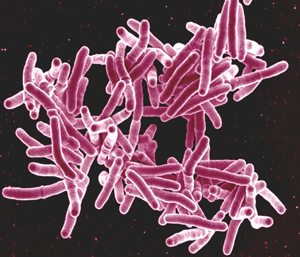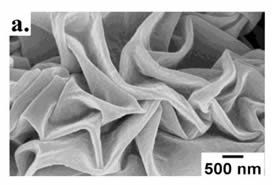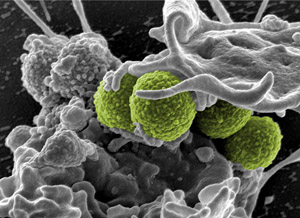Archives
Posted by Norlyn Golez
Kids who don’t get enough sleep tend to make up for it with food, according to research.
The study was conducted on 16-months-old kids. It showed that those who only slept for less than 10 hours at night ate 150 kcal more than those who slept for 13 hours or more.
The research studied the children of 1,303 UK families, particularly their sleeping patterns at 16 months old and their diet at 21 months old.
Figures showed that there is a difference of in the kcal consumption between the two groups, as the kids who sleep more only consumed 982kcal, while the kids who sleep less consumed 1087kcal. This was the first research that showed the relationship between sleep and energy intake among kids younger than three-years-old.
The study was targeted towards this age group when weight gain is still uncommon, helping establish the possibility that kids this young gain weight from increased energy intake due to lack of sleep.
However, the research could not explain the chang...
Posted by Norlyn Golez
A drug-resistant strain of tuberculosis is spreading at an alarming rate, posing a risk that the world has never faced, according to Medicins Sans Frontieres/Doctors Without Borders (MSF).
TB is branded one of the most lethal diseases by the US Centers for Disease Control and Prevention (CDC). It kills around 1.3 million out of the 8 million people that it infects.
The disease is spread from one person to another when an actively infected person sneezes or coughs and the airborne bacteria are inhaled by another person. It attacks the lungs, mostly as well as other vital organs. The symptoms, include persistent coughing, weight loss, fever, night sweats, loss of appetite, and fatigue.
Standard TB can be cured, but the lack of appropriate response globally has now led to the development of a drug-resistant strain.
In fact, a journal from TheLancet.com showed that some people in South Africa have incurable TB but are still released to the community, spreading the disease.
T...
Posted by Norlyn Golez
In the case of infectious diseases, such as tuberculosis, HIV/AIDS, malaria, and other deadly diseases, detection is always the key in preventing its spread. It also helps find the most potent treatments available. The current detection methods can be prohibitively costly. However some researchers have discovered a detection method that uses common shrink wrap, which could provide an effective yet affordable detection method of these infectious diseases.
This nanotechnology method, which is the subject of a paper published in the journal Optical Materials Express, can enhance the fluorescent markers during biosensing with the use of certain metals placed onto shrink wrap.
The accessibility and affordability of shrink wrap opens develop low-cost nanostructures that have the ability to enhance fluorescence a thousand times more so even in the lowest limits. This is according to the paper’s co-author Michelle Khine, a University of California, Irvine biomedical engineering pro...
Posted by Norlyn Golez
Small peptides kill bacteria in various ways, possibly making it the newest class of antibiotics. This is based on the research conducted by Ruhr-Universitat Bochum (RUB) biologists.
The researchers said that in about a decade, bacteria would have developed resistance against current antibiotics, rendering them ineffective and useless. But according to their study on M196 peptides, which was chosen as the representative of very small peptides that are made of four to as many as 10 amino acids, these peptides were found to be efficient in eliminating bacteria. They are especially effective against multi-resistant pathogens that trigger sepsis.
Earlier studies have proven this, but the group was focused on finding out just how the peptides are able to do it. Only then will this potential antibiotic has a shot at being approved as a new drug, like how it is with other new substances developed to treat certain diseases.
The study finally showed that the peptides attach themselves ...




